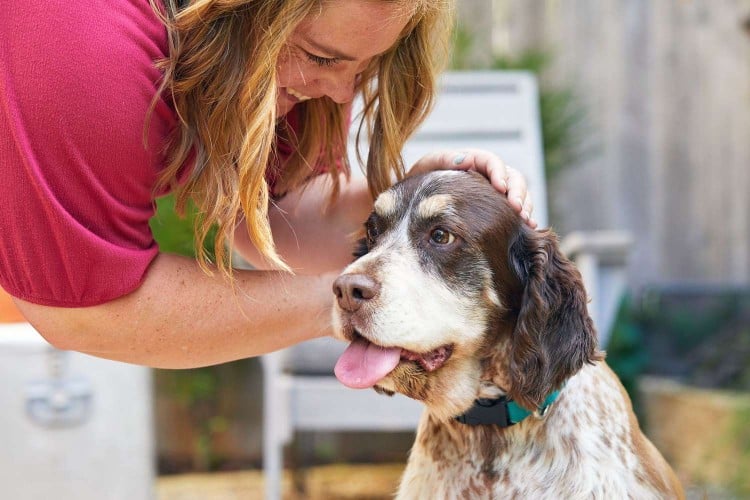
Disregard what you've heard about old dogs and new tricks. You can potty train an older dog. In fact, according to Daily Paws Advisory Board member Irith Bloom, CPDT-KSA, CVCC-KA, CDBC, the process is fairly simple (though she doesn't promise it will be easy).
"Housetraining a dog can be hard work at first," Bloom explains, "but it will pay dividends for years to come. And the sooner you start, the sooner your dog will learn."
Whether you live in an apartment in the city, a house in the country, or somewhere in between, Bloom's expert tips will have you and your pup on the path to potty success.
1. Set Your Dog Up for Success
It may sound strange, but the first step to housetraining an older dog is to determine what they'll be doing when they aren't on potty breaks. Bloom says your dog will need to be managed using one or more of the following options:
- Supervision: the dog is being actively watched by someone
- Confinement: the dog is confined to a pen, crate, or small room
- Tethering: the dog is attached to someone using a leash
You can also simply send your pet outside where it's okay if they potty. However, Bloom notes that this option can make it more difficult to keep track of when your dog is eliminating and can slow the housetraining process as a result.
2. Visit the Toilet Target Once an Hour
Now that you're ready for the potty break portion of housetraining an older dog, you might want to get out your phone and set some alarms. That's because you'll need to leash your potty pupil and take them to their toileting target (e.g. grass, pee pad) at least once an hour when you're awake. Unless your pup wakes you up, you can typically skip bathroom breaks during sleeping hours (a perk of training an older dog rather than a puppy!). Bloom notes that using a leash helps ensure that your dog stays within a small area and increases the odds they'll eliminate in the desired spot.
Bloom's leash recommendation applies to fenced yards, as well. In addition to keeping your dog focused on pottying (instead of, say, chasing squirrels or digging holes), it's excellent practice for what you'll want your pet to do while on future walks. And, it can cut down on dog pee killing all of your grass.
If you plan to use pee pads, Bloom advises starting with three or four slightly overlapping pads (to avoid leaks) so your dog has a better chance of hitting their target. "Note which pad your dog uses most often, and, over time, you can fold up or remove the pads your dog isn't using," she explains. "If your dog misses the pad after you change the setup, that means your dog needs a little more pad space and you can simply add a pad back and remove them more slowly going forward." Bloom notes that your dog may always need more than one pad. This is especially common with larger dogs.
How Often Do Dogs Need to Pee? A Vet Explains
3. Patiently Wait for Your Pup to Potty
With so many trips to the potty area per day, you're probably wondering how long you should give your pup to do their business. Bloom advises waiting up to five minutes. During this time, she says it's important to be as still and silent as possible to avoid distracting your dog from their duties.
"If your dog pees or poops in the right area, calmly praise them and offer a treat," Bloom says, "but be sure to wait until they're finished. You don't want to 'interrupt' them so that they have to finish what they started later—perhaps even in the wrong place!"
But if after five minutes your dog still hasn't peed or pooped, you should return them to their designated between-potty-breaks arrangement from Step 1 and then try again in 10 to 20 minutes.
4. Reward a Job Well Done
Avoid rushing your dog back to their confined spot after they pee or poop. Doing so may form an unhelpful association in your pet's mind that taking care of business in a timely manner isn't in their best interest. Instead, Bloom recommends paying attention to what your dog seems to enjoy the most and giving them about 10 minutes of their favorite activity after each successful potty break. For example, maybe your dog loves nothing more than to run free in the yard. Or perhaps they live for longer walks, games of fetch, or tummy rubs on the couch. Teach your dog that good things come to those who don't keep you waiting in the designated potty area.
5. Repeat. Repeat. Repeat.
Housetraining your older dog will require patience, consistency … and more than one day. Bloom says that most adult dogs will learn how to potty in the right place within a couple of weeks but that small dogs and senior dogs who have less control over when they need to pee and poop can take longer—months, in some cases. She recommends creating a housetraining chart or simply jotting down notes to keep track of when and where your dog eliminates. Doing so can help you recognize patterns and better support your pup's learning.
But where's the finish line? How do you know if your pet is truly housetrained? Bloom doesn't consider a dog to be potty trained until they're able to go an entire month with zero accidents.
What To Do if Your Dog Has an Accident
Accidents happen, and when they do, you'll want to remain calm—even if your favorite rug is getting soaked. "Fight the urge to scold or punish your dog," Bloom says. "These reactions aren't helpful because dogs often misunderstand why you're angry. They may think you're only mad because they pottied where you could see them and become afraid to pee or poop in front of you. The message that you were angry about them pottying indoors instead of outdoors may be totally lost." The potential unintended result is a dog who hides while continuing to pee and poop in the house but who is hesitant to go in the desired potty area while on a leash.
Instead, Bloom advises calmly leading your dog to the toilet target and then praising and treating them when they go in the right place. Then, thoroughly clean up the accident with pet stain cleaner and an odor eliminator. "The smell of urine or feces is like a restroom sign for dogs," she explains. "Regularly check for past accidents you may have missed around the house by using a blacklight or by getting on your hands and knees to sniff around."
How to Clean Pet Urine From the Carpet
While accidents can be normal, they can also be a sign of a bigger problem. "If your dog was getting the hang of housetraining and then suddenly starts having accidents again, or if your dog doesn't seem to understand potty training even though you're being very consistent and careful, something may be medically wrong," Bloom explains. "Get a thorough veterinary checkup for your dog. It's hard to learn to potty properly if you're feeling sick or have an infection!"

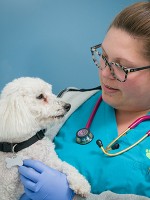
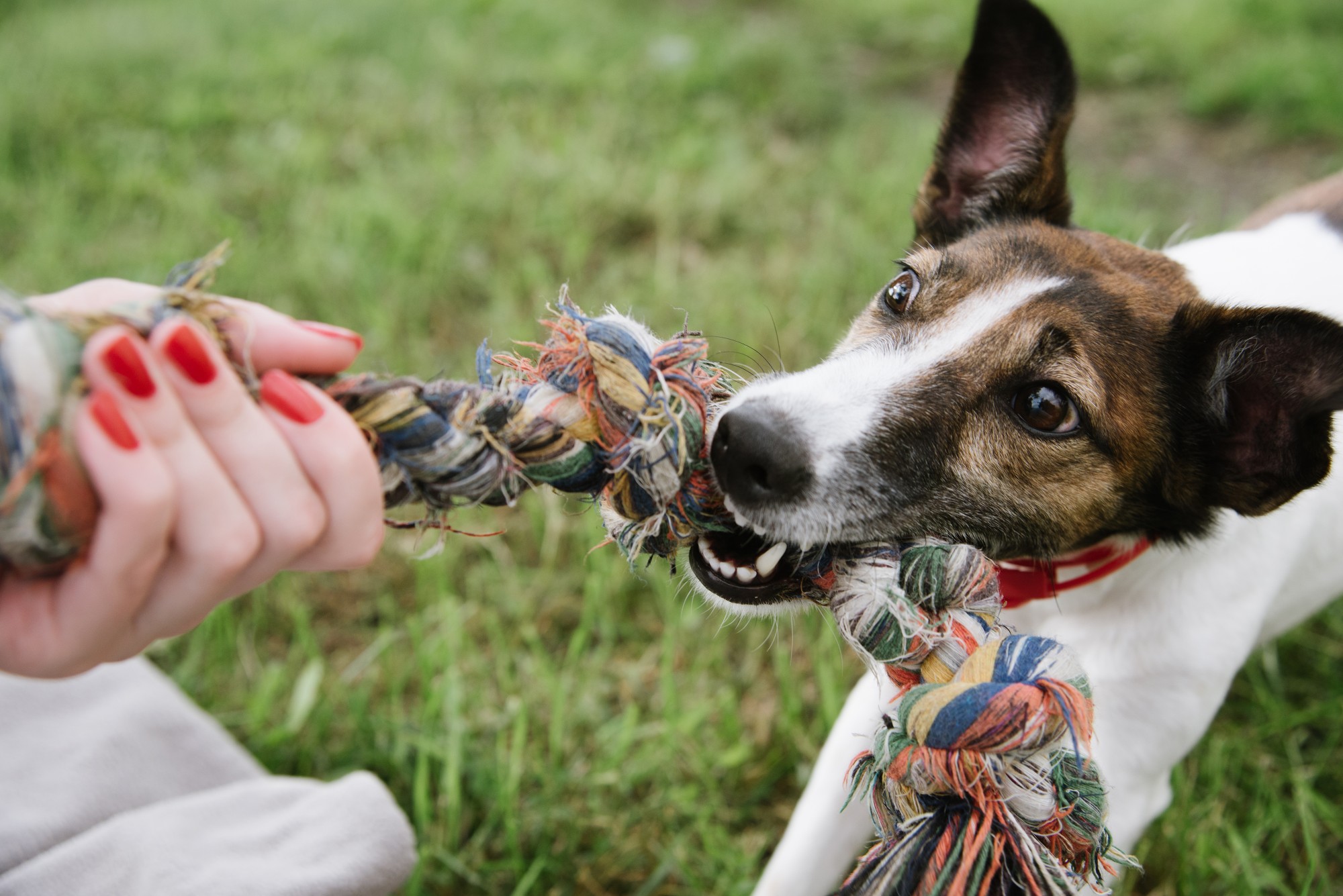
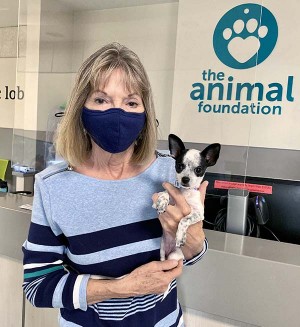
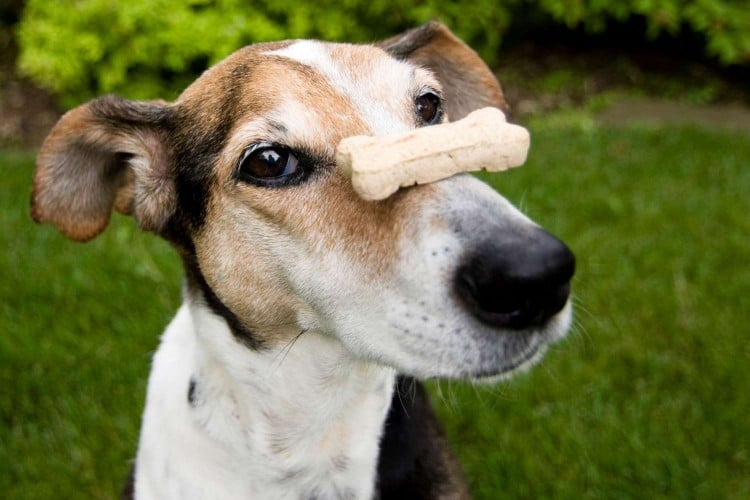
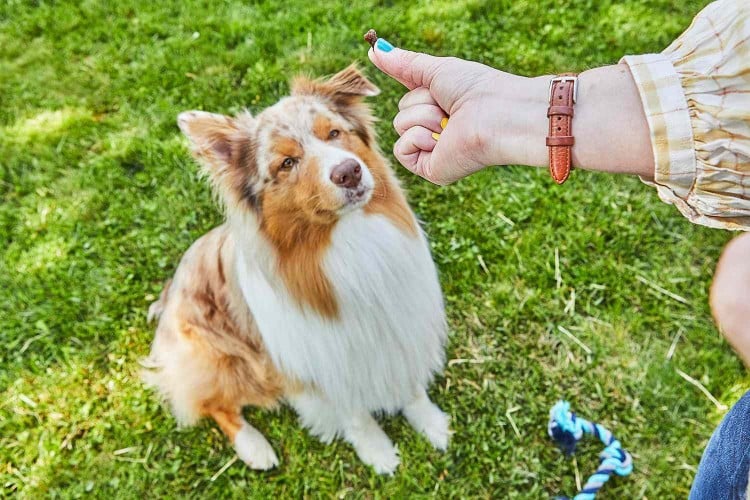
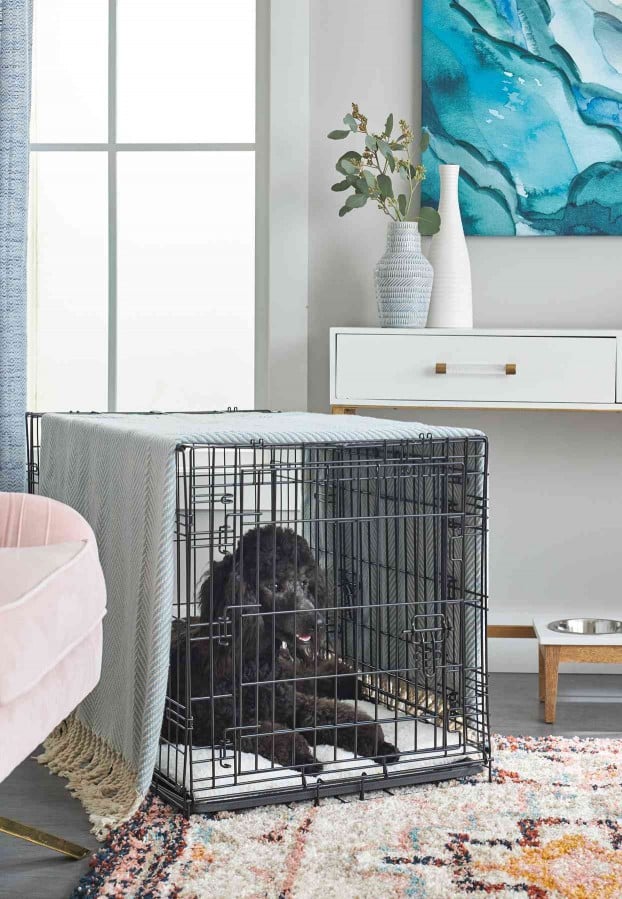
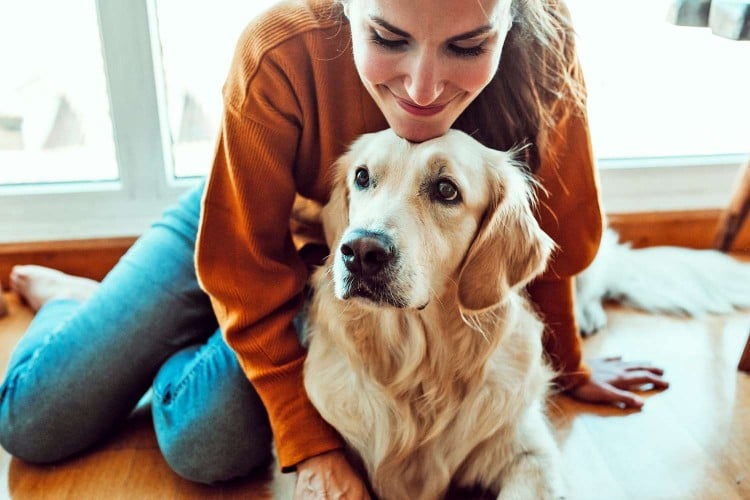
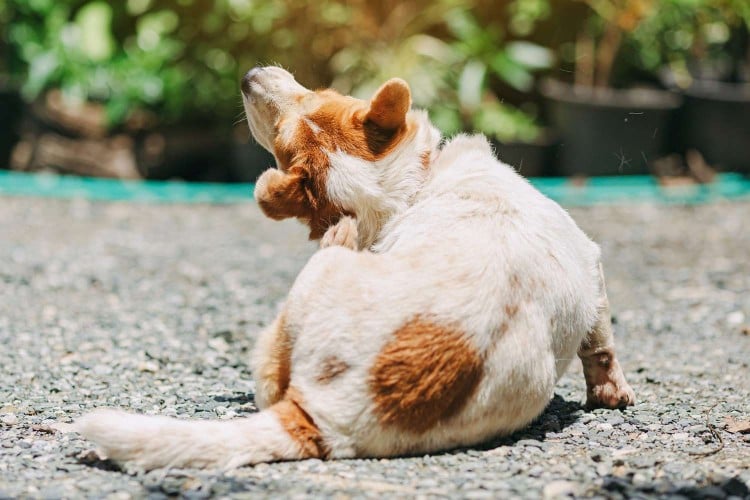
Comments on " A Dog Trainer Explains How to Potty Train an Older Dog in 5 Steps" :